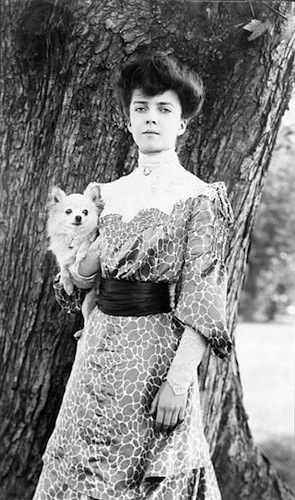Blackout
First published on the Centre for Youth Literature Literature website, Inside A Dog, in 2012.
Even before war was officially declared, the British government banned anyone from showing any lights after sunset. This was meant to stop Nazi bomber planes from identifying targets on the ground. There were no street lights allowed. No illuminated advertising or shop signs. Cars, buses, trams, and even ambulances had to mask their headlights. You weren’t allowed to light a cigarette when you were outside. Only very dim lightbulbs were available (partly to save electricity), and every window, skylight and glass door in every house, apartment, factory and business had to be covered with heavy curtains before any indoor lights could be switched on. Often ordinary curtains weren’t thick enough, so people had to buy special blackout fabric and make new curtains. Not everyone could afford this, so some poor people had to paint or wallpaper over their windows, and they lived in darkness for the rest of the war. The rules were vigorously enforced by police and Air Raid Precautions wardens, who’d hammer on people’s doors and shout, ‘Put that light out!’ if the merest pinpoint of light was visible from the street.
Going out at night was very dangerous in the first months of the war, even though not a single German plane had been spotted. If you’ve ever gone for a walk during a power blackout, or in the depths of the country, you’ll know how it can feel, stumbling around in the pitch black. At first, pedestrians weren’t even allowed to carry torches, although after a while, this was permitted, provided the torch was aimed at the ground and was masked with two layers of paper. Not surprisingly, there were a lot of injuries. People fell down steps, onto roads and got run over by vehicles that loomed out of the darkness without any warning. Road fatalities doubled in the first months of the war. As one doctor pointed out, the Nazis managed to kill six hundred British people a month without even sending any bomber planes into the air.

There were a number of suggestions for coping with the blackout. People were advised to carry luminous walking sticks, untuck their white shirts, pin luminous flowers to their lapels or carry a white Pekinese. (It was recommended that the Pekinese wear a luminous dog collar and gleaming white blackout coat, plus a bell and a shiny identity disc.) (Note that the photo above was not actually taken during the war. It’s actually Alice Roosevelt, daughter of the US President, in about 1902. Also, if you want to get really picky, that isn’t a Pekinese she’s carrying, either. But I couldn’t find any photos of women walking around the streets of London during the war with their Pekineses, so sometimes, you just have to Make Do.)
A particularly annoying cartoon character called Billy Brown appeared on posters to give (rhyming) advice such as:
‘When Billy Brown goes out at night,
he wears or carries something white.
When Mrs Brown is in the blackout,
She likes to wear her old white mack out.
And Sally Brown straps round her shoulder
a natty plain white knick-knack holder.
The reason why they wear this white
is so they may be seen at night.’
Unfortunately, all these precautions didn’t help very much when the bombing started. The German bombers killed 50,000 British civilians during the Blitz. On moonlit nights, cities and towns were clearly visible from the air, and factory furnaces and lighthouses continued to burn brightly throughout the war. Besides, the Nazis had radar, and later they used pre-programmed robot bombs and rockets launched from the Continent. However, the blackout rules stayed in place until the final months of the war.
Next: Animals at War



